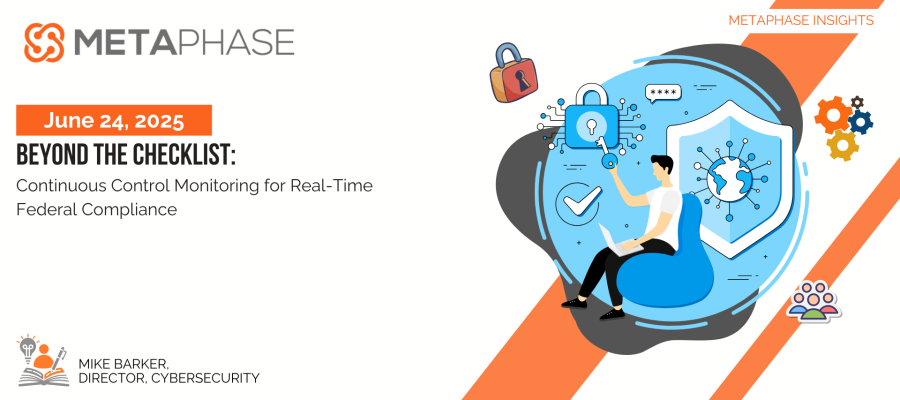
What if compliance wasn’t something you paused operations to check—but something your systems did automatically, all the time?
That’s the power of Continuous Control Monitoring (CCM)—a game-changer for federal cybersecurity and compliance.
Compliance in the federal government has traditionally been synonymous with periodic audits, static checklists, and reactive assessments. But in a digital environment where threats change by the hour and systems are updated weekly—or daily—such point-in-time evaluations are dangerously outdated. The shift from episodic to continuous oversight is no longer a luxury; it's a necessity.
Continuous Control Monitoring (CCM) enables agencies to maintain a constant pulse on their security posture by automating the assessment of technical controls. Instead of waiting months for manual reviews, CCM continuously verifies whether security configurations, access policies, and operational safeguards are functioning as intended—24/7.
For example, a CCM-enabled system can detect if a privileged user suddenly gains unnecessary access rights or if multi-factor authentication is disabled on a critical server. Rather than waiting for an annual audit to uncover these issues, agencies can respond in real time, reducing risk and demonstrating compliance proactively.
This is especially critical in environments governed by NIST 800-53, FedRAMP, or Zero Trust mandates. With CCM, agencies can create a living control environment—where every configuration change, policy update, and user action is monitored against compliance baselines. It transforms compliance from a retrospective burden into a forward-looking security advantage.
Agencies like the Department of Homeland Security (DHS) and the Department of Energy (DOE) have already begun implementing CCM strategies to meet continuous diagnostics and mitigation (CDM) objectives. They leverage telemetry, system logs, and real-time analytics to track control effectiveness and trigger alerts when deviations occur. This not only strengthens cybersecurity but also simplifies audit readiness by maintaining a continuously updated evidence trail.
However, implementing CCM isn’t plug-and-play. It requires an integrated data architecture, tool interoperability, and a governance model that supports real-time remediation. Agencies must rethink their compliance workflows—focusing not just on documenting controls, but on dynamically proving they’re working.
MetaPhase accelerates this transformation through OrangeArmor, our DevSecOps pipeline with built-in CCM capabilities, and Mpower, which integrates threat intelligence and control telemetry into a unified dashboard. This empowers agencies to move from static reporting to real-time assurance—giving both security teams and auditors a shared source of truth.
MetaPhase’s Role:
MetaPhase enables federal agencies to adopt Continuous Control Monitoring through integrated security pipelines and real-time visibility frameworks. Our OrangeArmor and Mpower platforms embed CCM into development and operations environments—helping agencies maintain compliance at mission speed.

